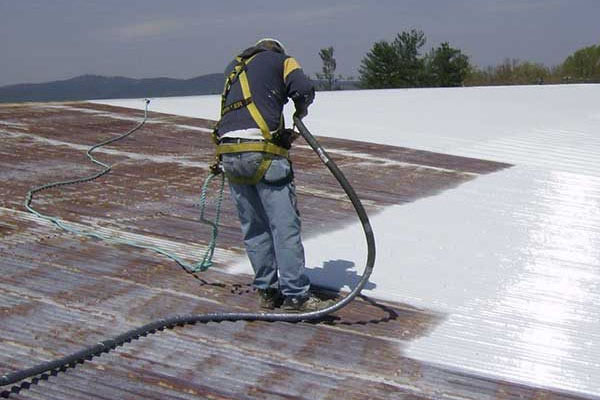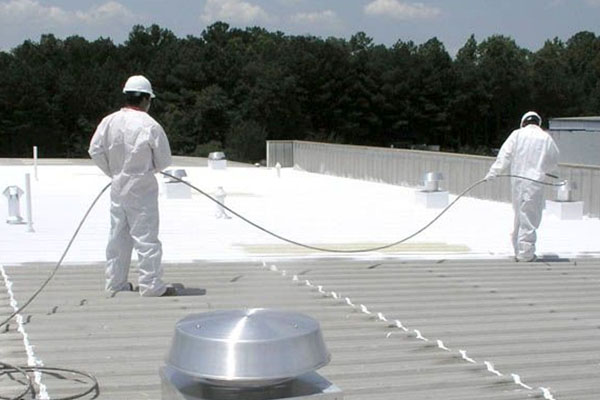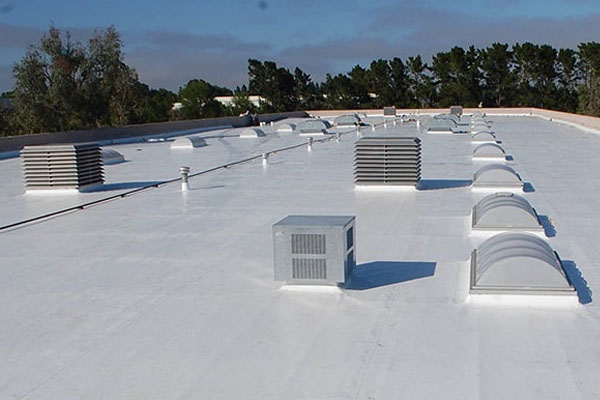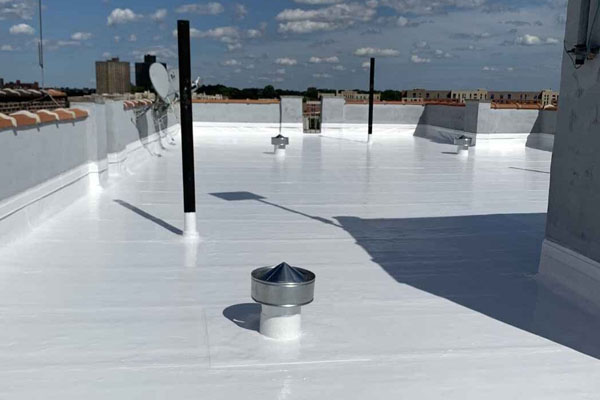Elastomeric coatings, a revolutionary development in the 1950s, have become a staple in protecting masonry surfaces from the relentless forces of nature. These special coatings offer a solution to the age-old problem of paint cracking and peeling on concrete, stucco, and other porous materials. But what makes them so special, and how can they benefit you?
The Science Behind The Strength:
Traditional paints often fail to withstand the constant expansion and contraction of masonry, which occurs due to temperature fluctuations, moisture absorption, and other environmental factors. Elastomeric coatings, however, are formulated with unique properties that allow them to stretch and flex with the substrate, preventing cracking and peeling. This exceptional flexibility translates into a much longer lifespan compared to regular house paints, often lasting for years longer.




Preparation: The Key To Success:
While elastomeric coatings offer incredible durability, their performance hinges on proper preparation. A meticulous approach ensures the coating adheres firmly and provides the maximum level of protection. Here’s what’s involved:
- Substrate Condition: The surface must be cured, free of contaminants like mold-release agents, dirt, grease, and debris. The surface pH should be 9 or less.
- Filling Gaps: Cracks and irregularities need to be filled with suitable caulk or sealant.
- Surface Conditioning: Applying a basecoat or block-filler to the entire surface ensures a consistent base for the elastomeric coating.
- Ideal Temperature: The ideal application temperature is between 45 and 100°F (7 and 38°C).
- Weather Forecast: Avoid application during rain or freezing conditions. Allow at least 48 hours of dry, frost-free weather after application.
Application Process:
Once the substrate is prepped, the elastomeric coating can be applied using either spraying or rolling techniques. Two coats are typically recommended for optimal protection. For previously coated surfaces, a single coat may suffice, but backtrolling is essential to eliminate pinholes.
Tackling Potential Problems:
While elastomeric coatings are robust, understanding potential issues can help you prevent them:
- Peeling: peeling is often linked to moisture migration from within the substrate. This can be caused by leaks, inadequately sealed eaves and roofing, or poorly caulked windows and doors. Addressing the water source and using elastomeric caulk are crucial for prevention.
- High pH: new masonry surfaces can have high pH levels, which can cause peeling. Using a pH pencil to test the surface and taking corrective measures if needed is highly recommended.
Partnering With Professionals:
Elastomeric coatings offer a powerful solution for protecting your home or commercial building. Consulting with a professional painting contractor is wise. They can assess your specific needs, guide you through preparation, and ensure proper application to maximize the benefits of this durable and long-lasting coating.
